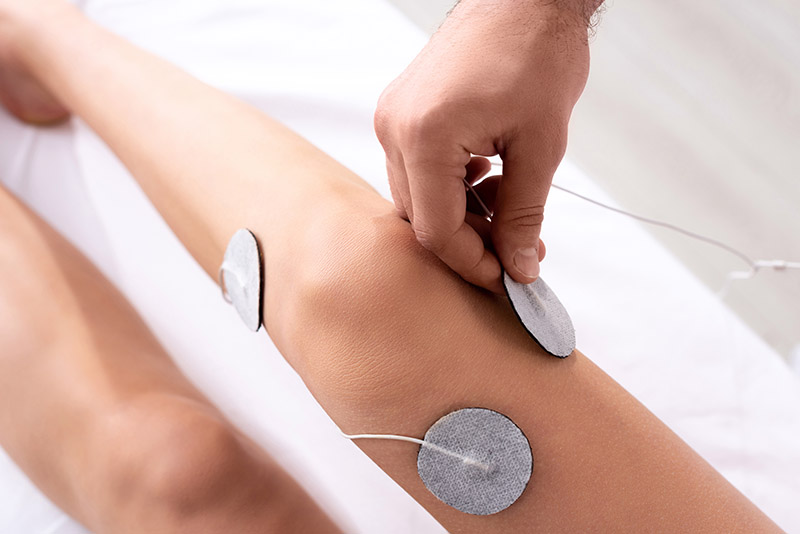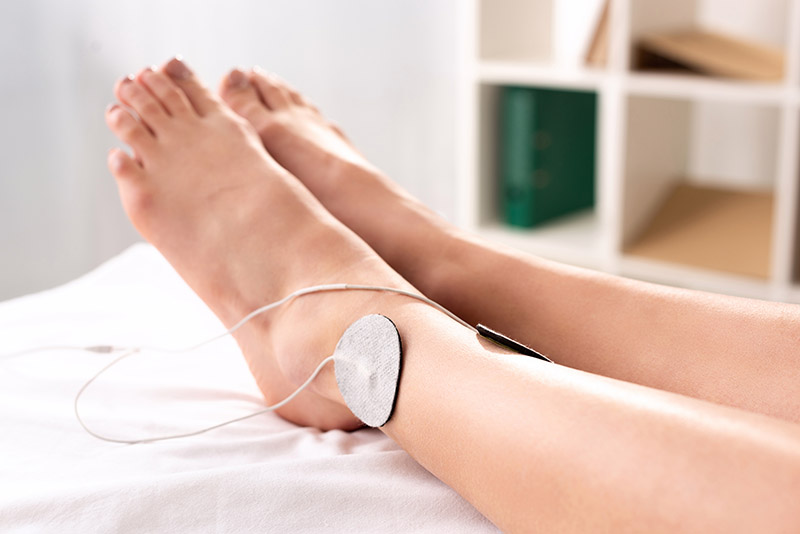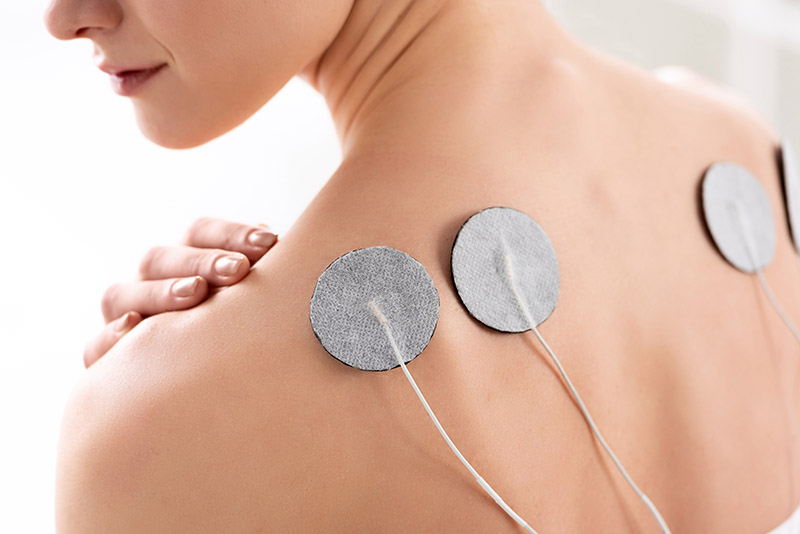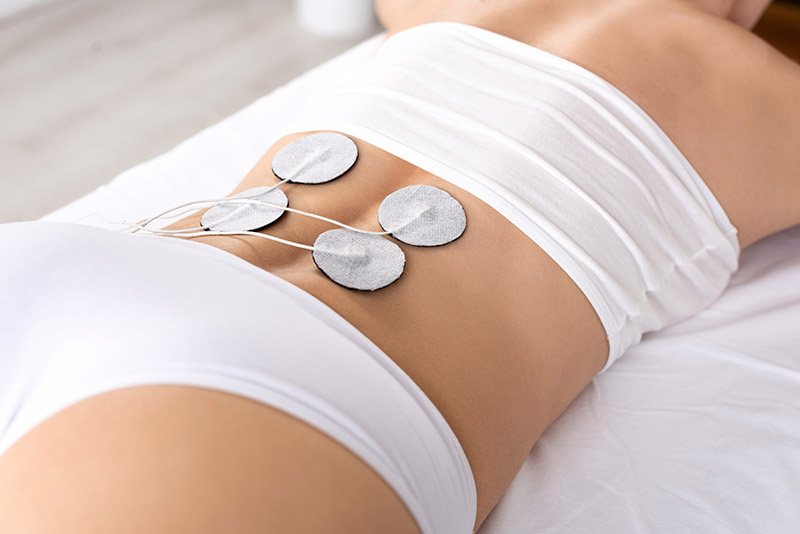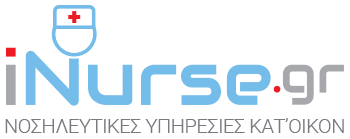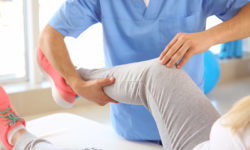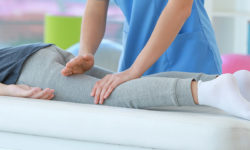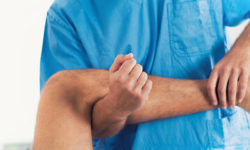Physical therapy
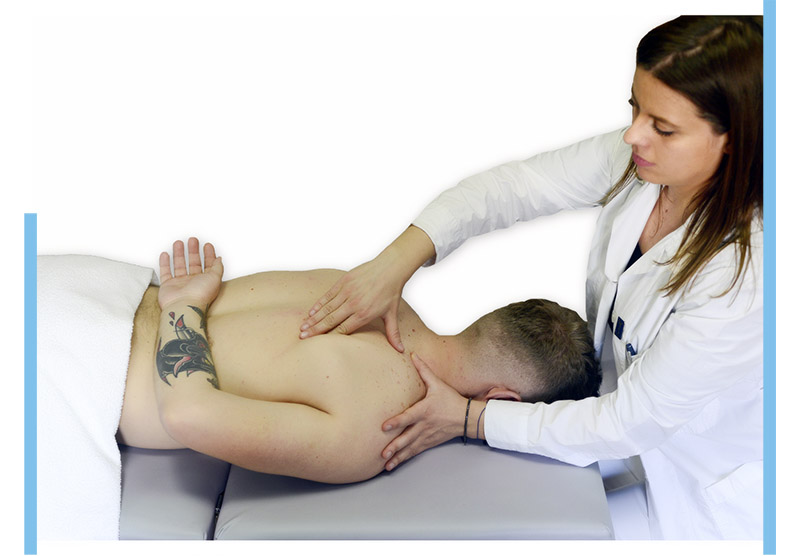
Following the evaluation, the following short-term and long-term goals are set by the physiotherapist:
- Increase of the patient’s physical condition
- Correction of body posture
- Increase the range of motion of the joints
- Increase the elasticity, strength and endurance of muscle groups
- Increased balance, susceptibility and neuromuscular coordination
- Increase functional skills
- Improving kinetic patterns
- Increasing Mental Health
The therapeutic exercise program is performed with the main focus on the person and his needs and is addressed to:
- People with musculoskeletal problems
- People with neurological diseases
- People with psychological disorders
- Pre-operative patients
- Postoperative patients
- Children
- Athletes
- Elderly people

Massage from the time of Hippocrates until today is an integral part of the rehabilitation and treatment of the patient. The massage can be applied either locally or in general throughout the body, regardless of age, from infants to the elderly. We also emphasize that the massage has different manipulations depending on the goal that the physiotherapist wants to achieve in the patient.
Distinguished in:
- Relaxing massage
- Therapeutic massage
- Lymphatic massage
- Transverse massage
- Massage of connective tissue
- Anti-cellulite massage
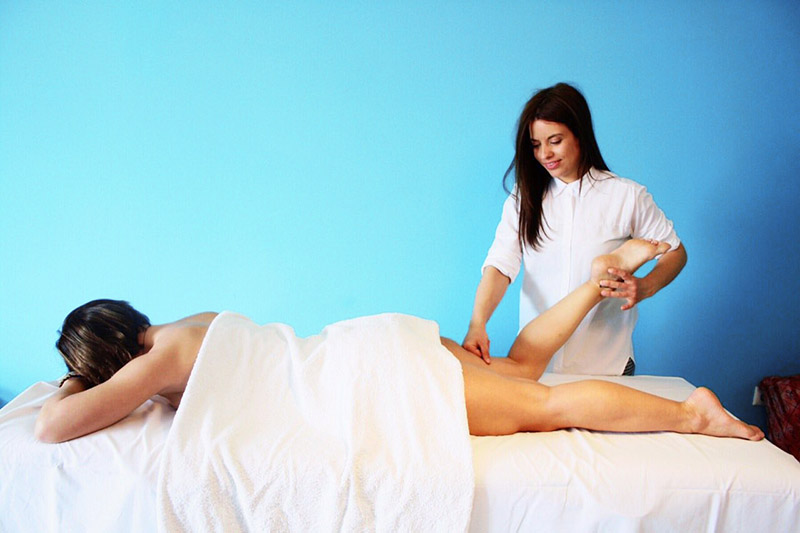
Musculoskeletal disorders are the most common diseases affecting the human musculoskeletal system. They usually affect muscles, ligaments, tendons, joints, bones and nerves in the neck, back, shoulders, upper extremities and less commonly the lower extremities. It is a special category, which, among all others, significantly degrades the quality of life of sufferers. Most musculoskeletal disorders are related to the work and the ergonomics that the person adopts in his work environment. In addition, lack of exercise and sedentary lifestyle are important factors in the development of musculoskeletal disorders. The symptoms vary in intensity and frequency which are related to the patient’s age, gender, psychology and living environment.
TYPES OF MUSCULOSKELIC DISEASES:
- Muscle Atrophies
- Cervical syndrome
- Cervical Injuries
- Backache – Sciatica
- Spinal Cord Injuries
- Carpal Tunnel Syndrome (SCS)
- Tendonitis
- Spinal Cord Injuries
- Arthritis
- Ligament Injuries
- Fractures
- Tendon Injuries
- Peripheral Nerve Injuries
The modern electrotherapy devices we have include a number of programs of electrical muscle stimulation, aesthetic electrical stimulation, diadynamic currents, interfering currents and iontophoresis.
The general results of electrotherapy:
- Analgesia
- Reduction of muscle spasm
- Improving lymphatic and blood circulation
- Avoid creating adhesions
- Increase in muscle tone in hypotonic muscles
Indications:
- Muscle pain
- Denervated muscles
- Muscular weakness
- Neurological lesions at the stage of spasticity
- Muscle spasms
- Spine diseases
- Ligament injuries
- Muscle fractures
- Arthritis
- Bursitis
- Surgical procedures
